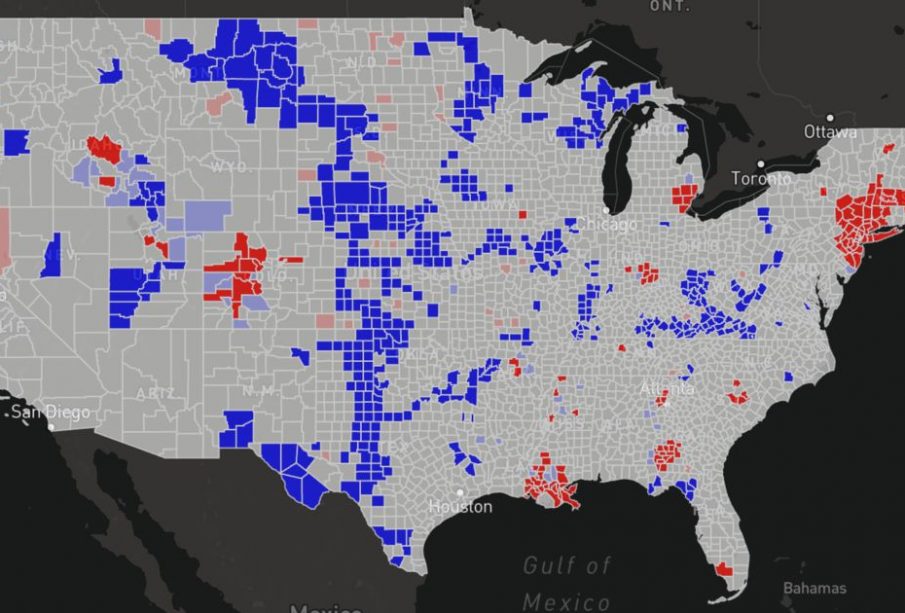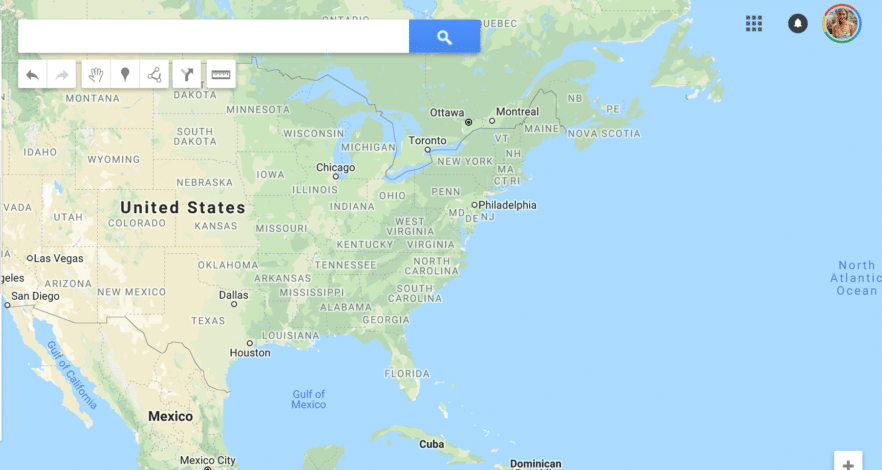Travel Tool: This Map Can Predict The Next Covid-19 Hot Spots

Looking for a getaway location that’s not going to be a Covid-19 location when you get there?
For months now, the nation’s top contagious disease expert has been telling Americans that the Covid-19 positivity rate– the percentage of tests that are favorable– is the finest predictor of where the coronavirus is going to ravage next.
“It’s a clear indicator that you are getting an uptick in cases, which undoubtedly results in surges, and then you get hospitalizations, and after that you get deaths,” Dr. Anthony Fauci told CNN in early August. He has repeated this point lot of times given that.
In other words, a rising positivity rate is an early predictor of where we’ll see an uptick in Covid-19 cases. It’s an indication of how prevalent infection remains in an offered area, and also whether there suffices screening to stay up to date with levels of disease transmission.
Johns Hopkins University’s percent positive map ( above) offers a fast, easy-to-understand picture of what positivity rates look like throughout the nation.
“The greater the percent positive is, the more worrying it is,” according to Johns Hopkins University’s explainer. “As a rule of thumb, however, one limit for the percent positive being ‘too high’ is 5%. For instance, the World Health Organization advised in May that the percent favorable stay below 5% for at least 2 weeks before governments consider reopening.”
Numerous states stopped working to follow that assistance when reopening their economies earlier this year, and the U.S. has collectively struggled to control the spread of the infection since.
Today, according to the data from Johns Hopkins, about 2 thirds of states are over that “too expensive” threshold of 5% positivity.

Similarly concerning: In 29 states, the positivity rate has been increasing for 2 consecutive weeks. As Dr. Fauci has discussed repeatedly, an increasing positivity rate is a reliable predictor of a coming surge.
On the Johns Hopkins map, the 12 states with positivity rates over 10% are colored orange. The shade of orange ends up being gradually darker as the positivity rate increases.
The two states colored the darkest hue of orange– Idaho (24.4%) and South Dakota (20.4%) presently have positivity rates that are more than four times above what public health experts state is the cutoff.
In another 4 states– Wisconsin (19.4%), Iowa (17.2%), Nevada (15.1%), and Kansas (15.0%)– the positivity rate is at least three times more than the appropriate limit.
The staying orange-tinted states– Utah (14.2%), Alabama (13.6%), Indiana (13.4%), Wyoming (13.2%), Nebraska (12.5%) and Florida (10.3%) have rates more than two times as high as what health experts think about hazardous.
A tremendous 19 other states are colored yellow, symbolizing that they are also above the “too high” threshold, with positivity rates between 5% and 10%.
On the intense side, 19 states are having more success handling the pandemic, attaining both a positivity rate listed below 5% and have experienced two consecutive weeks of a declining percent positive.
Notably, the percent positive is on the decline in all of New England, where no state has a positivity rate above 1.8%.






